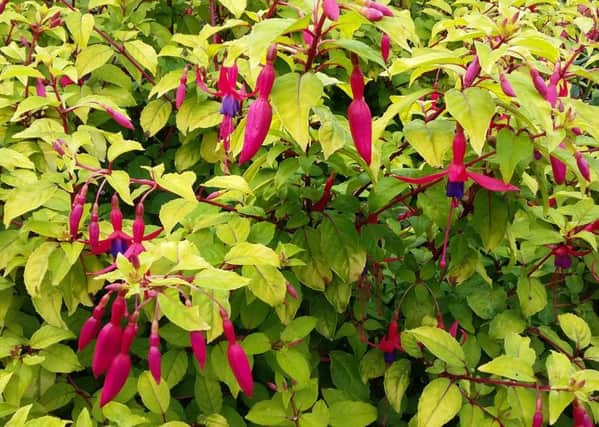Pick your month for planting new trees


They come in two different forms; those grown in containers, and nursery-grown stock, which are lifted and arrive in a bare-rooted state. The former are more expensive.
I’m continually asked about the best time to plant each type and the response is straight-forward. Autumn is generally recognised as a good time for both because many plants go into a semi-dormant state, prompted by falling temperatures and shorter days.
Advertisement
Hide AdAdvertisement
Hide AdAlthough the air becomes cooler, the soil retains enough warmth to encourage new root growth before winter.
Mid-September planting of pot-grown specimens gains full advantage of a relatively high soil temperature. Bare-rooted types are not dug and delivered until the leaves have fallen so November planting is more appropriate.
Container-grown plants can, in theory, be introduced to the garden at any time of year because they emerge with a solid root-ball, the shape of the pot they’ve occupied. This facilitates planting with least possible disturbance. However, I’d avoid any dry summer period where constant watering is required for survival.
Also avoid planting any specimen that has become pot-bound with a bunched circle of roots. These must be teased apart with gloved hands or a tool to break the cycle. Any perennial planted with a tightly-bunched root system will struggle to make progress afterwards.
Advertisement
Hide AdAdvertisement
Hide AdBare-rooted planting is confined to the period between November and March, which means that the plants are collected or delivered during unpredictable weather conditions. Frosted gardens prompt a temporary holding operation, during which time the roots must be kept moist.
Heeling them into the garden at the slightest hint of thaw, covering the roots in moist compost under cover, or plunging them into water occasionally, are possible ways of keeping the plants fresh.
Whichever perennial plant you’re introducing to the garden, make sure it is given a location that suits, and prepare the chosen site well in accordance with its needs.
Dig a hole slightly deeper and wider than the roots to accommodate organic matter, compost and fertiliser, and water the contents well before planting. This ensures that some moisture is present at the plant’s roots from the outset.